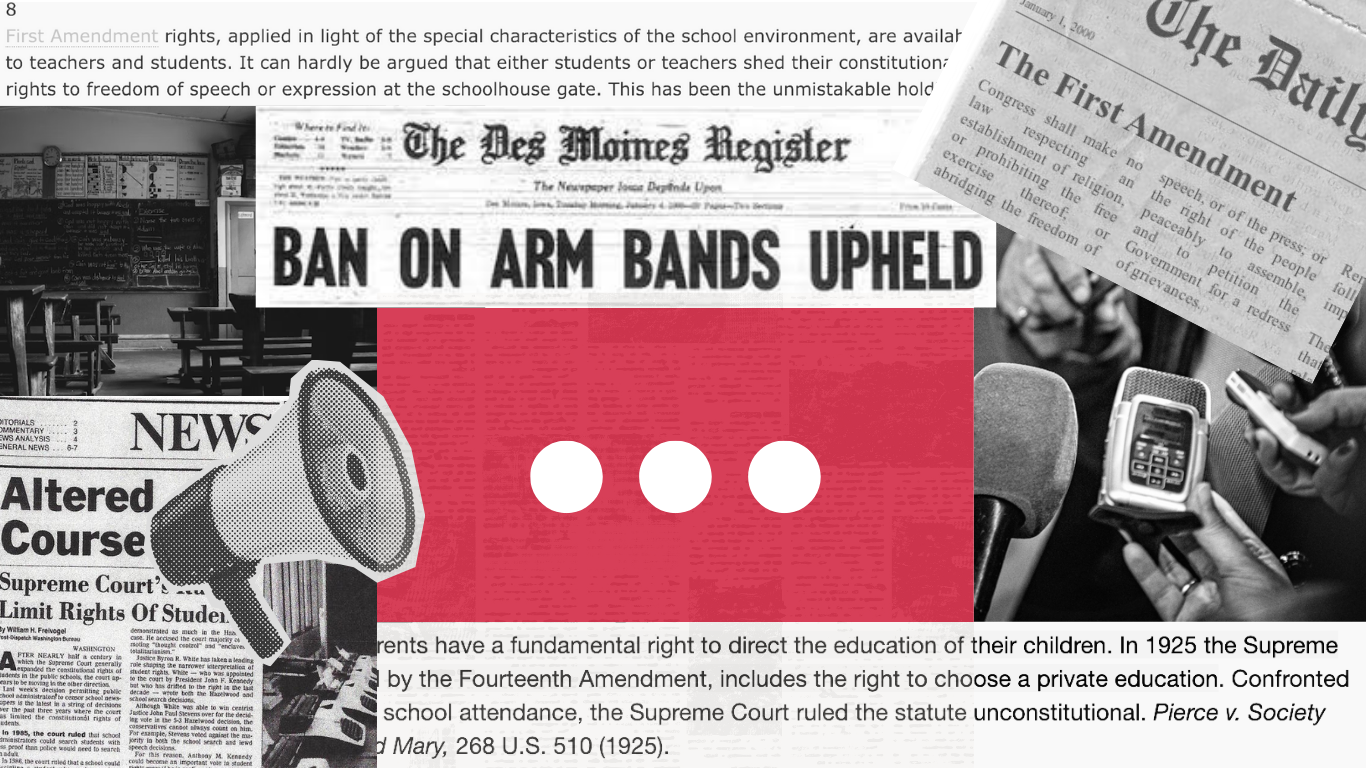Safe spaces coddle students from discomfort
January 3, 2017
About four months ago, the University of Chicago faced ridicule from the public and various news sources when they sent a letter to its incoming freshmen announcing that they “do not support so-called trigger warnings, [they] do not cancel invited speakers because their topics might prove controversial, and [they] do not condone the creation of intellectual ‘safe spaces,’” which have been growing in popularity on college campuses in the past years.
However, college campuses should not be a place where students are guaranteed comfort or ease; one of the purposes of a college education is to prepare students for the real world. As students, we will certainly face difficult conversations off-campus, and we will not always have intellectual safe spaces to retreat to. Because safe spaces are only a temporary solution to a problem that people will be faced with throughout their lives, safe spaces on college campuses should be discouraged.
Simply because a topic seems hard to talk about is not a valid reason to avoid it altogether. In reality, we will have to face and come to terms with topics that we may not be comfortable with. In a classroom setting, discussion about emotionally-charged topics can be kept controlled, respectful, and constructive, whereas encountering the same rhetoric outside the classroom could result in increased levels of bigotry.
Therefore, as students, it is our responsibility to take the opportunity to engage in and learn from discussions about potentially difficult topics. Furthermore, during these emotionally-charged exchanges, we should listen and respond to the opinions of our peers, even if and when we disagree. Using informed and positive rhetoric that creates understanding, we can build a learning environment that everyone can participate in, instead of making others feel as if they need a safe space to recover.
Safe spaces are basically physical manifestations of better-known trigger warnings, with which they are closely associated. However, trigger warnings and safe spaces should not be confused as identical; trigger warnings are “designed to help students who are struggling with trauma-related reactions prepare for and manage those reactions so they can engage in the discussion and complete their coursework,” according to Elana Newman of the New York Times.
Trigger warnings set the expectation that there will be emotion in the classroom, while safe spaces create a medium by which students can retreat from these emotional challenges. Therefore, unlike safe spaces, the use of trigger warnings should be encouraged because of their value in preparing students for uncomfortable discussions.
While in concept safe spaces can appear to be positive, actual safe spaces create a bubble where young people are unrealistically sheltered from having their opinions and beliefs challenged.
Like many spare-their-feelings enterprises, safe spaces can easily go too far, turning from a necessary comfort to superfluous coddling. As students, we must remember that feeling uncomfortable, unwelcome, or challenged is not necessarily negative. College students are in prime formative years and shape their opinions through experiences and conversations. By struggling through discomfort in a setting that is relatively safe, students only stand to gain new perspectives or educate their peers. Ultimately, if safe spaces are allowed and these conversations are avoided, students miss out on the critical opportunity to inform others, share their experiences, and help to form new, stronger opinions.






































![Teacher Lore: Mr. Hillman [Podcast]](https://bsmknighterrant.org/wp-content/uploads/2025/03/teacherlorelogo-1200x685.png)










